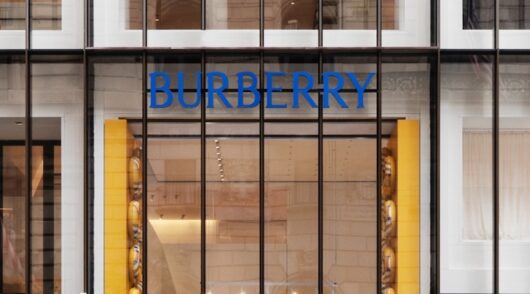It is no secret that Amazon has fallen short of its ambitions in grocery. Despite acquiring Whole Foods and testing a variety of new formats, the company has not yet struck upon a winning formula. While some progress has been made, it remains a relative minnow in the food and grocery world and is overshadowed by giants like Walmart, Tesco, and Kroger.
Despite the challenges, Amazon is still pursuing its grocery dream. The size and scale of the sector, together with the regular nature of purchasing, makes the prize worthwhile, even if it is somewhat elusive.
Amazon’s announcement that the business will open up Fresh delivery to non-Prime members in a number of cities is the first step in a journey that Amazon hopes will supercharge its grocery growth. In theory, the decision makes sense as it enlarges the potential audience – which is critical to drive volume.
However, given that Prime membership penetration is extremely high, the scale of the upside remains to be seen and it is likely that further changes will be needed to help move the business forward. These potentially include creating a more unified food shopping experience across all of Amazon’s channels including Whole Foods, Fresh stores, Go stores, and the regular website. This would improve the customer experience and help to drive efficiencies across Amazon’s diverse range of businesses involved in food.
Beyond this, Amazon needs to think very carefully about its grocery proposition – both overall and across its individual banners. Whole Foods trades well below its potential because it appeals to a relatively niche audience and has not optimized areas like food taste, food innovation, or customer service. Amazon Fresh stores are schizophrenic as the product line up is not always optimized to what customers want and seems to cater for a disparate range of needs without enough coherence.
Greater clarity is required to give Amazon an edge and allow it to differentiate against others in the market. Operational control in terms of where stores are located also needs to be improved, especially in highly concentrated and competitive markets like the UK. This would put an end to the stop-start nature of store openings, and the occasional closures of relatively new stores.
Amazon has experimented and has made progress with grocery. However, the business needs to double down on its efforts both to make further headway and to deliver returns to support a company that needs to bolster margins and profitability.






